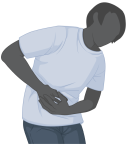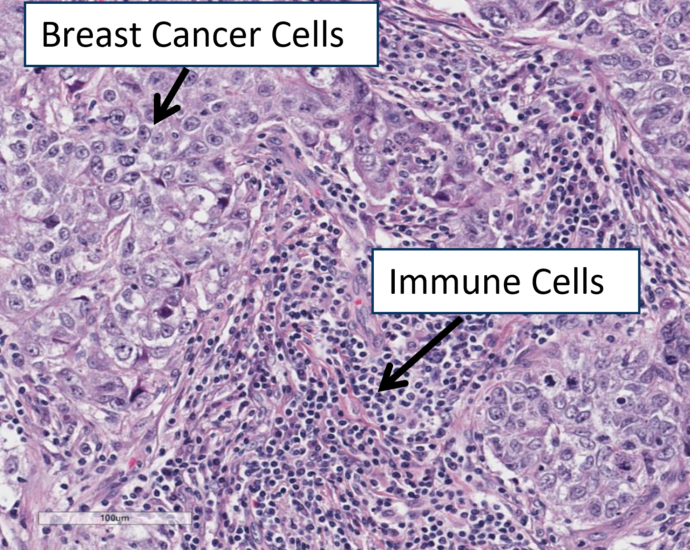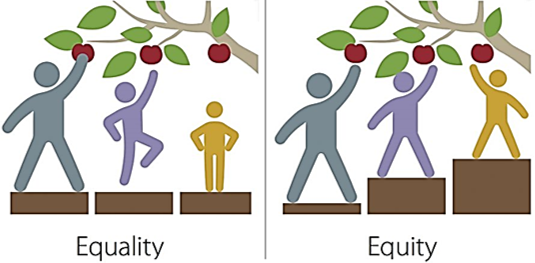-
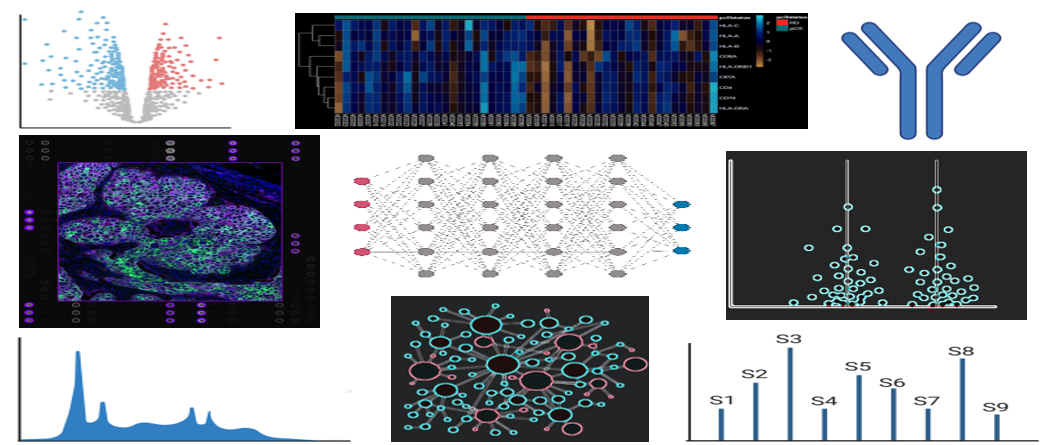
Merging Computer Science, Computational Biology, Medical Informatics, Immunology, and Oncology
Integration of multiple disciplines to understand and address complexities of cancer and its treatment
-
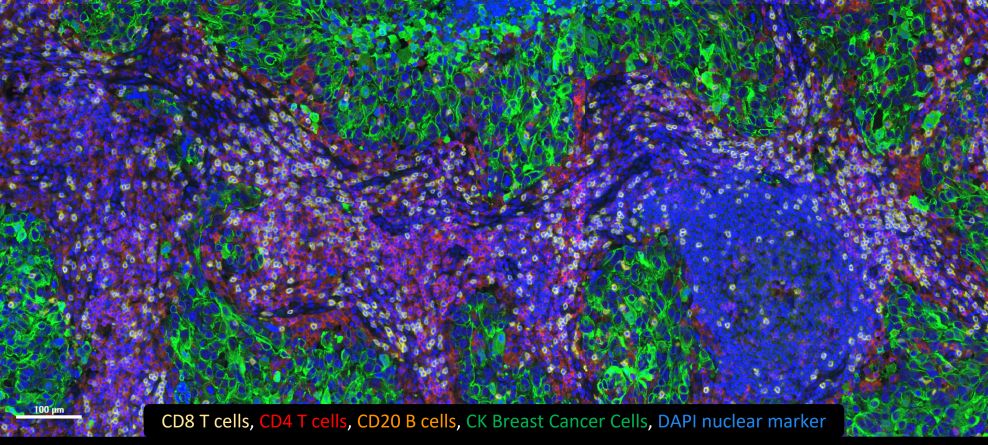
Perception
Everything you need to see is right before your eyes
-
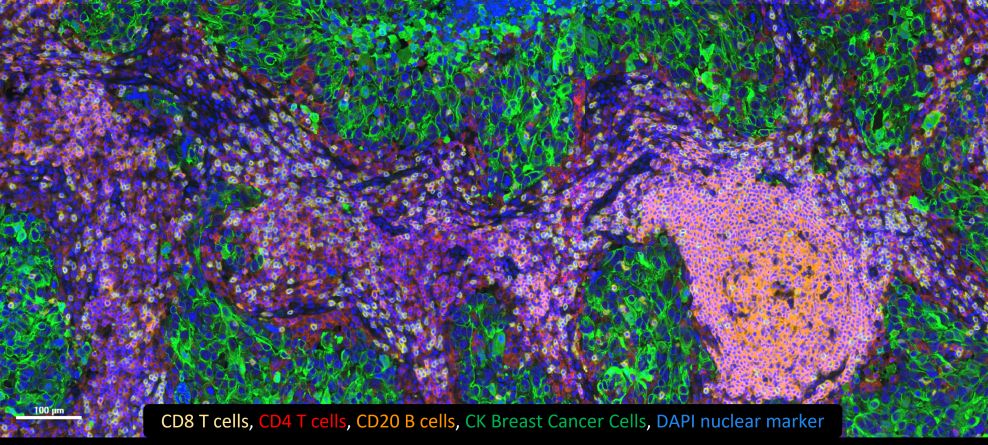
Reality
Missing a lot of pieces for which better visual tools are critical
BIG Ideas
The Blenman Innovation Group (BIG) creates translational and clinical research tools in the form of predictive or prognostic markers, hardware, and software to inform clinical care.
Tackling treatment emergent adverse events (TEAEs)
Patients with cancer are treated with many different types of drug therapy including chemotherapy, targeted therapy, and a variety of immunotherapies including antibody drug conjugates (ADCs). Each therapy induces adverse reactions that can range from mild to severe depending on the individual’s personal reaction to the therapy. The BIG works on identifying markers that predict TEAEs before treatment, during treatment, and after successful treatment as part of patient survivorship. The identified TEAE markers will also be pursued as targets for drug development against the TEAEs.
Tackling processes to verify and validate the performance of artificial intelligence (AI) tools including but not limited to machine learning (ML) and deep learning neural networks for use in clinical care
Digital pathology is a sub-field of pathology that uses data collected from digital images of histology slides. In the field of digital pathology, there are a lot of AI/ML tools in the pipeline being created to assess the components in the digital images (e.g., tumor infiltrating lymphocytes (TILs) density). TILs have been shown to be both prognostic and predictive in cancer. In collaboration with FDA/CDRH, the BIG works on creating a high-quality validation dataset that will be provided along with a statistical software package for data analysis to algorithm developers for validation of their algorithm performance for TILs assessment in submission to the FDA/CDRH.
Tackling equity in health, science, technology, and engineering
We live in a global society. We have advanced drastically in science, technology, engineering, and medicine over the past several decades. However, we are still grossly lacking in diversity in all of these fields. In order to address this gap, we need to take a bottoms up and most importantly a top down approach. The top down approach requires retention, sponsorship, and support of existing underrepresented faculty and recruitment of new underrepresented faculty. These underrepresented faculty provide a source of mentors and teachers for the next generation of scientist, technologist, engineers, and clinicians with shared lived experiences. The bottoms up approach requires teaching, mentoring, and sponsoring the next generation. The BIG is purposefully designed to foster a diverse environment that allows trainees (students (BS, MS, PhD); Postdocs; Clinical trainees) to address translational and clinical research questions that require diversity of thought and of lived experiences.
